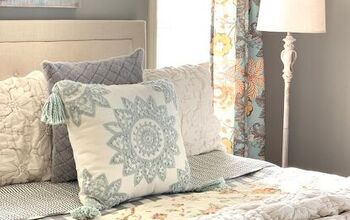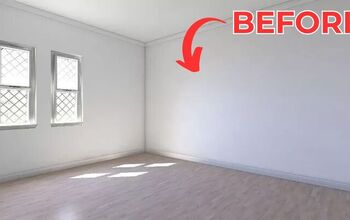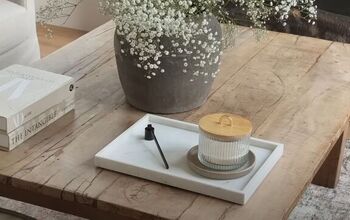Uncorking Wine Mysteries: Storage, Glasses, and Insider Tips

Ever wondered why wine bottles are stored sideways? Or maybe you're curious about the ideal temperatures for storing reds versus whites, or even the proper glasses to use?
Today I'm answering these questions and more with some fun facts about serving wine.
One of the most common questions I get is about storing wine sideways. It all boils down to oxidation. The cork keeps oxygen out, but it can dry out if stored upright. Storing the bottle on its side ensures the cork stays moist and keeps the wine sealed until you're ready to enjoy it.
Another popular question is about proper storage. If you missed my video on DIY wine cellars a few months ago, you can find the link in the description below. There are two main options: passive cellars, like the one you see here, and temperature-controlled cellars, which I'll talk about next.
Passive cellars, like mine, have no temperature control. They're ideal for cool, dark spaces that stay consistent year-round. This used to be a storage closet under my stairs - perfect because it's cool and dark. We keep our everyday wines here, the ones we open most nights.
For your more expensive wines, you'll want a temperature-controlled environment. A wine fridge is perfect for these special bottles. The one I have is a sleek black stainless steel cooler that stores up to 29 bottles. It has dual chill zones for reds (around 66 degrees) and whites (around 44 degrees). The chic blue lighting can be turned on or off, making it perfect for any room. You can find a link to this product in the video description box here.
Now, let's talk about wine glasses! With so many options, I used to get confused myself. So, let's break down the anatomy of a wine glass. There's the rim, the bowl, the stem, and the foot.
The rim is crucial for your sipping experience. A good wine glass will have a smooth, thin rim. While glasses with thicker rims are functional, they can affect how the wine flows onto your palate.
The bowl is another topic that deserves its own tutorial, but let's keep it simple. The bowl helps distribute aromas and flavors to your nose and mouth.
Red wine glasses typically have larger bowls to allow the wine to open up (that's why people swirl their glasses).
White wine glasses have smaller bowls, and champagne flutes have very thin bowls to maintain carbonation.
There's a lot of debate about stemmed versus stemless glasses for red wine. So, I'll give you my two cents.
Traditionally, red wine is served in stemmed glasses. The temperature of the wine changes as you enjoy the bottle. A stemmed glass allows this to happen naturally without affecting the wine's temperature. Holding the stem prevents your hand from warming the glass too quickly. Stemless glasses, however, can be a great option for casual settings. They're less likely to get knocked over, and some people just prefer them.
Another fun fact you might not know is that many wine glasses have their own measurement system. When you order a glass of wine, the pour typically stops at the curve of the glass for a six-ounce pour, and at the design or etching on the glass for an eight or nine-ounce pour.
In short, glasses for rosé are short and rounded, white wine glasses have smaller bowls and stems, and red wine glasses come in a variety of shapes with larger bowls.
Hopefully, you learned at least one new fact today! Let me know in the comments below, and as always, drink responsibly. Love, peace, and cheers!



























Comments
Join the conversation